The 21′ Gokstad faering I built in 1987 wasn’t a boat I could bring myself to paint or slather with boat soup that would turn black with age. The straight-grained, knot-free Douglas fir I used for the planks and sculpted stems deserved to be seen, so I varnished the whole boat inside and out. That may not have been the wisest choice for a boat built to row up the Inside Passage from Washington to Alaska, but I managed to get it through the 1,000-mile trip with only two scratches.
The boat was only hauled ashore once or twice, so it was almost always afloat, day and night for eight weeks, long enough for a few barnacles to start growing below the waterline. To keep the varnish intact I had to be very careful with my anchoring, especially in waters where the tides could fall up to 20′ between the highs and lows. I didn’t want to wake up, as John Hartmann did in his Deer Isle adventure, to something going bump in the night and gouging the brightwork bottom.
Many of the coves along the northern British Columbia coast and the Alaskan panhandle were narrow, rocky, and steep-sided, so anchoring or dragging the boat ashore were out of the question. That’s when one of the variations on the Pythagorean mooring system that Hartmann describes, came in handy.
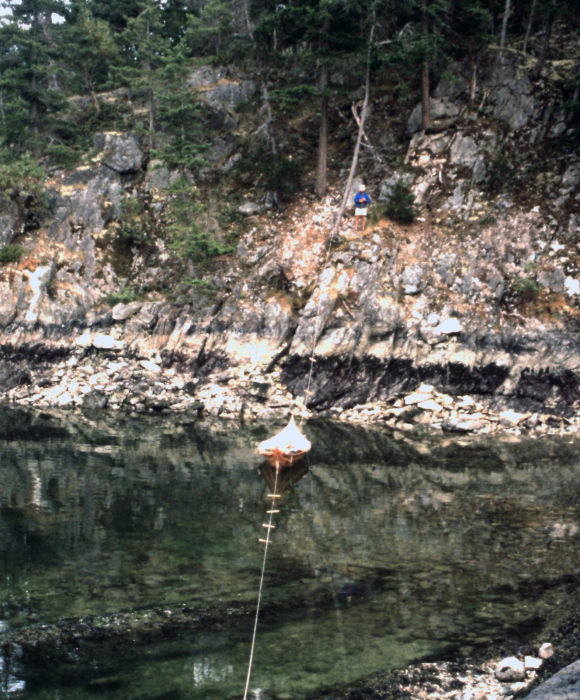
Keeping a bright-finished hull of the rocks was the main challenge camp-cruising the Inside Passage.
The most challenging cove was a notch in the west side of one of the Copeland Islands north of Lund, British Columbia. The water in the cove was clear, so I could see the bottom—all rocks except for one small patch of sand. I measured the depth of the water over the sand, checked the tide tables, and figured the boat might go aground in the early morning, but not by much. With lines running ashore from each end of the boat, I managed to scramble around the rocky flanks of the cove and get the boat strung up right over the sand. I left enough slack in the lines to let the boat drop with the tide, but not so much that the boat would wander off target. I was worried about the lines getting snagged on the bottom so I clove-hitched splits of yellow-cedar driftwood in to keep them floating on the surface. Hoping for the best, I retired to the camp for the night.
In the morning the boat was afloat on the newly rising tide. I cast off the lines and brought her ashore to load up the camping gear. Before leaving the cove I paddled to the middle and took a look over the side at the patch of sand. Running right down the middle of it was a shallow groove where the keel had gently come to rest. The varnish had survived the night unscathed.![]()
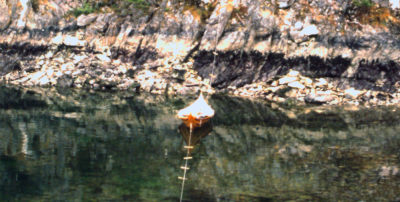
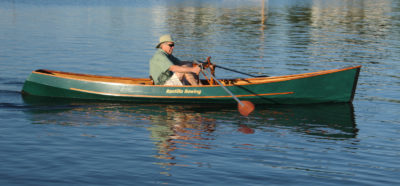
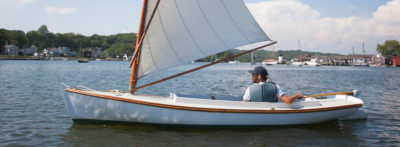
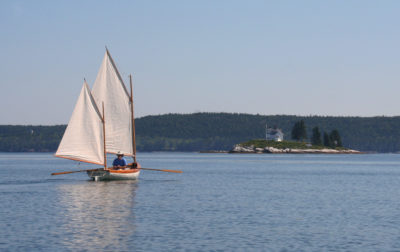
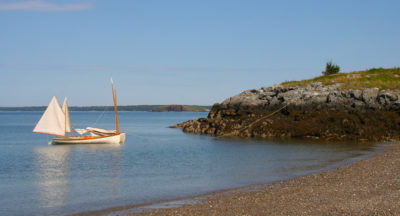
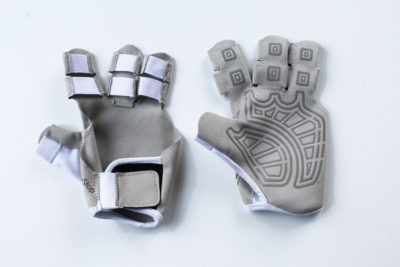
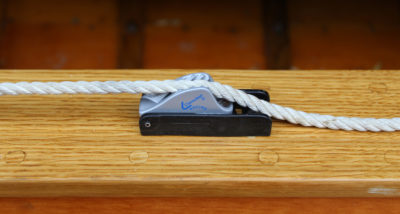
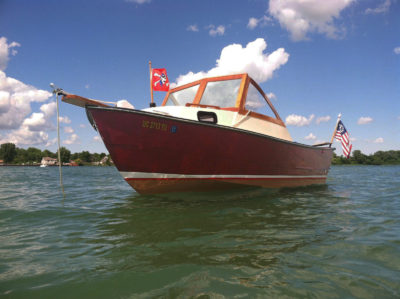
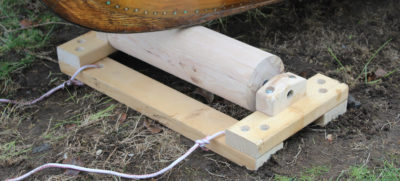



I would like to hear the rest of the story of your trip.